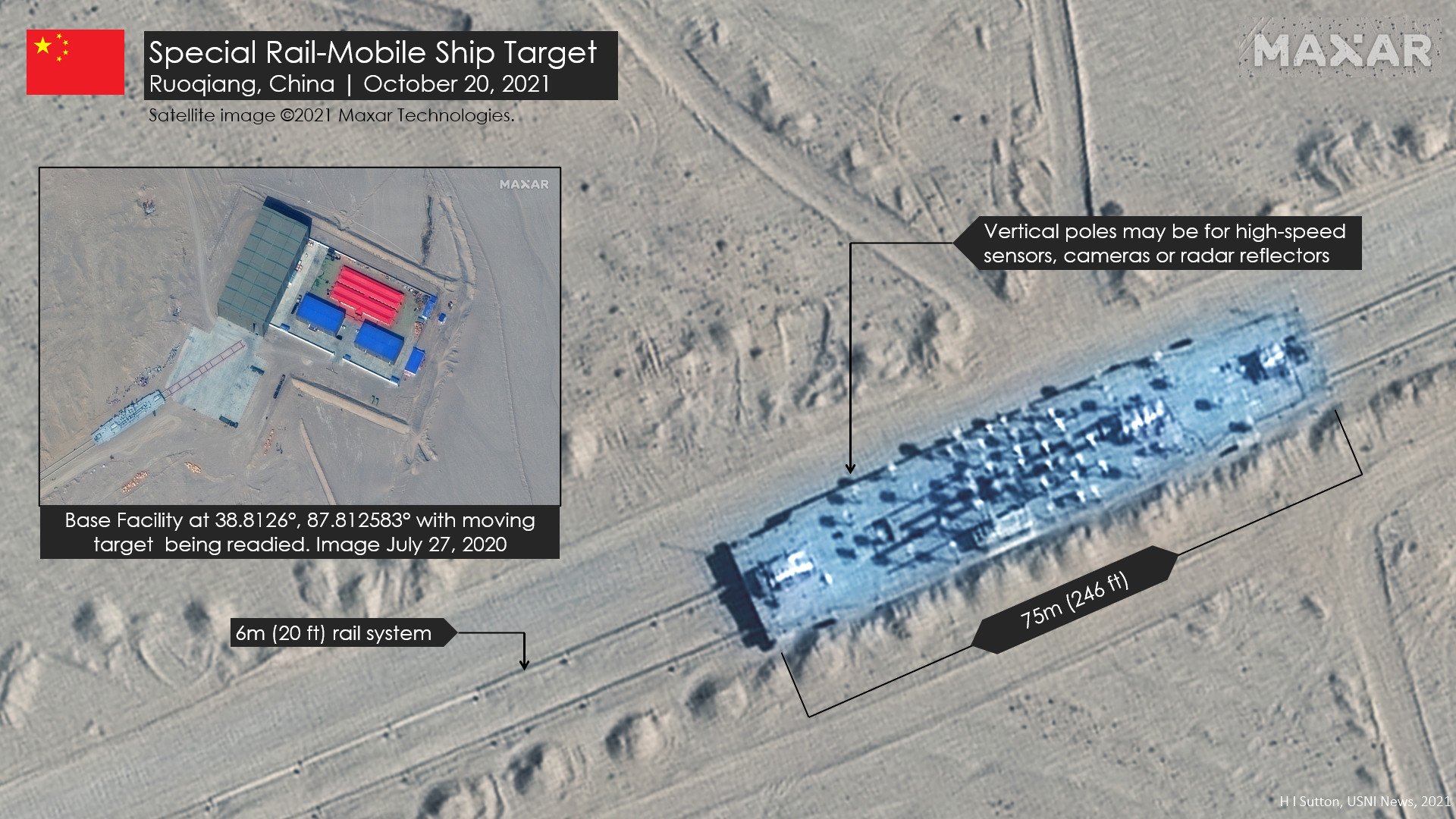With tracks, you can use cheaper target vehicles since those targets don’t need to be in drivable condition. The targets don’t even need to be proper vehicles at all, and can just be shells.
Also, with tracks, you could simulate burst speed that would be hard to do without an automatic gear box. Since most military vehicles are manual, it can be a lot harder and more expensive to rig up remote control that also allow burst speeds.
The tracks can be laid super quick and cheaply in comparison, since they are essentially single use so don’t need anything like the build quality of proper railway tracks. In fact, China has basically master automation in track laying to such an extent that it can lay tracks incredibly fast with very few workers since machines do the lion share of the work.



